Wattle Park
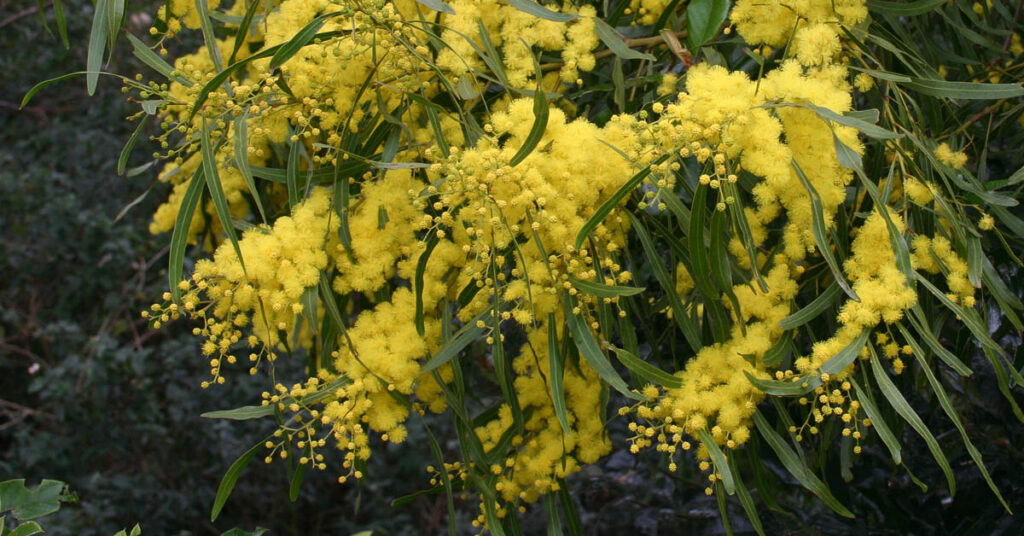
✿
Wattle Day is celebrated in Australia on 1 September. It is the nation’s only unique holiday that reflects local nature.
The tree has important meaning for the First Nations peoples of Australia. For Wurrundjeri, when the Muyan, or silver wattle, blooms it is a time when the greatest Elders “pass over”. The blossoms that fall into the Yarra River also provide food for the eels. From the east of Victoria, as Gunaikurnai Elder, Uncle Wayne Thorpe explains, “In pre-spring, when the silver wattles are blooming and people from across Gunaikurnai country are gathering for marriage, the water ribbons and wildflower tubers are full, the ducks and swans are laying eggs and the fresh water wetlands would be teeming with life.”
Wattle is important for other ancient peoples. In Egyptian mythology, the flower was associated with the goddess Nut and Isis. She was believed to be the sky that stretched over the earth to protect it and all life on it. Since the Acacia tree had an umbrella-like shape that offered shelter, it was naturally linked to such a symbol. The Greeks also assigned it similar meanings, with an Acacia at Heliopolis known as the Tree of Life and Death.
There is a longstanding custom in Hebrew history, where Acacia trees were often panted over the graves of family members or those who were incredibly close to the deceased. The acacia tree is one of the trees mentioned in the Bible and it was believed to be the source of wood used for building the table of the tabernacle as directed by God to Moses. The directions for the Ark were inscribed on the wood of the Acacia tree. Some scholars think that the Tree of Life and the Burning Bush were both Acacia, as mentioned in the Bible.
Acacias in Nepal and Tibet became popular for use in multiple ways in religious rituals. In Buddhism, the tree and its flowers are also symbolic of Tara, the female bodhisattva known as the “Mother of Liberation”. It’s often meditated on to focus on the traits of kindness and compassion. It was also a wood commonly chosen for carving Buddhist statues due to its fine grain and fragrance.
For the Victorians, acacia flowers symbolised sophistication and wit. It could also be sent to symbolise a strong friendship with someone and an appreciation for their support. In countries like Italy, a day is set aside to present the acacia flower to their loved ones as a sign of eternal love between them.
That wattle is acclaimed as the first flowering plant to resume flowering in Hiroshima’s bomb-ravaged zone. As such, it is famous in Hiroshima as a poignant symbol of hope of regeneration.
Thanks to Aishah David for mapping this feature. Image: Patrica Gardner, Wattle We Do, on Wattle Day, 2015, Photograph, 1200 x 937 pixels, photo: Patricia Gardner..
Stroll around Wattle Park…
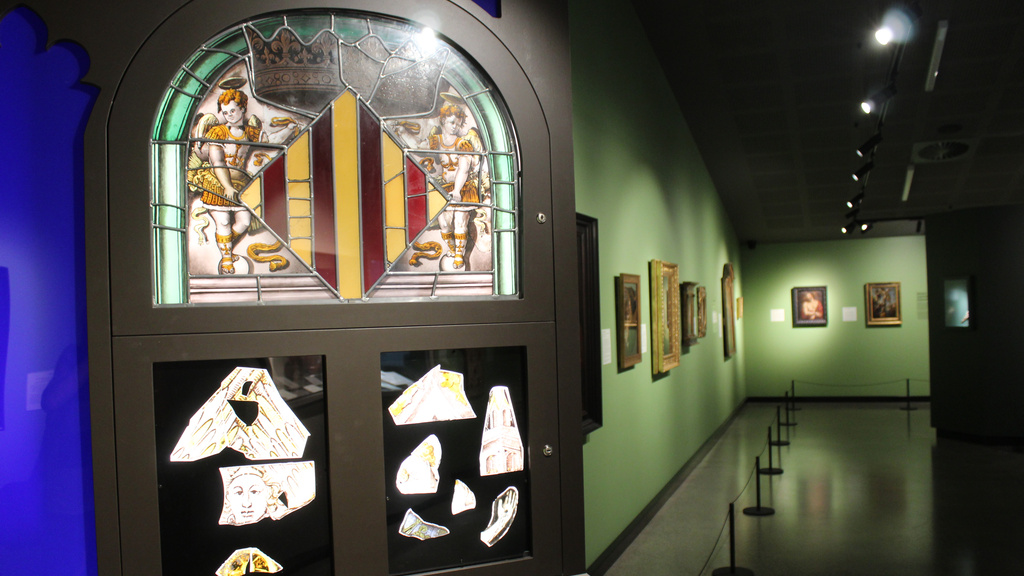 When heavenly arts moved from London to Caboolture - Pamela See talks with Michael Strong about the Abbey Museum of Art and Archeology and the art of stained glass that it celebrates.
When heavenly arts moved from London to Caboolture - Pamela See talks with Michael Strong about the Abbey Museum of Art and Archeology and the art of stained glass that it celebrates. Ying Ying Karang: Song of the wattle - Jayde Halls honours her country with a bird identified with the Bunurong men who lost their lives during colonisation.
Ying Ying Karang: Song of the wattle - Jayde Halls honours her country with a bird identified with the Bunurong men who lost their lives during colonisation. Basketmakers of Victoria: Projects with fibre - Jan Chamberlain reflects on an organisation that loves working together.
Basketmakers of Victoria: Projects with fibre - Jan Chamberlain reflects on an organisation that loves working together. The Embroiderers Guild, Victoria: A haven for stitchers - Gail Thexton recounts the history of a long-standing and friendly stitching guild.
The Embroiderers Guild, Victoria: A haven for stitchers - Gail Thexton recounts the history of a long-standing and friendly stitching guild. Vicki Mason ✿ Canopy - In conversation with the Australian Design Centre, Vicki Mason describes the concern with the vandalisation of suburban trees that motivated her current work.
Vicki Mason ✿ Canopy - In conversation with the Australian Design Centre, Vicki Mason describes the concern with the vandalisation of suburban trees that motivated her current work. A wall of dreams from southern Bahia - Maria Fernanda Paes de Barros constructs a free-standing wall for a Pataxó village that reflects a hands-on cultural dialogue.
A wall of dreams from southern Bahia - Maria Fernanda Paes de Barros constructs a free-standing wall for a Pataxó village that reflects a hands-on cultural dialogue. 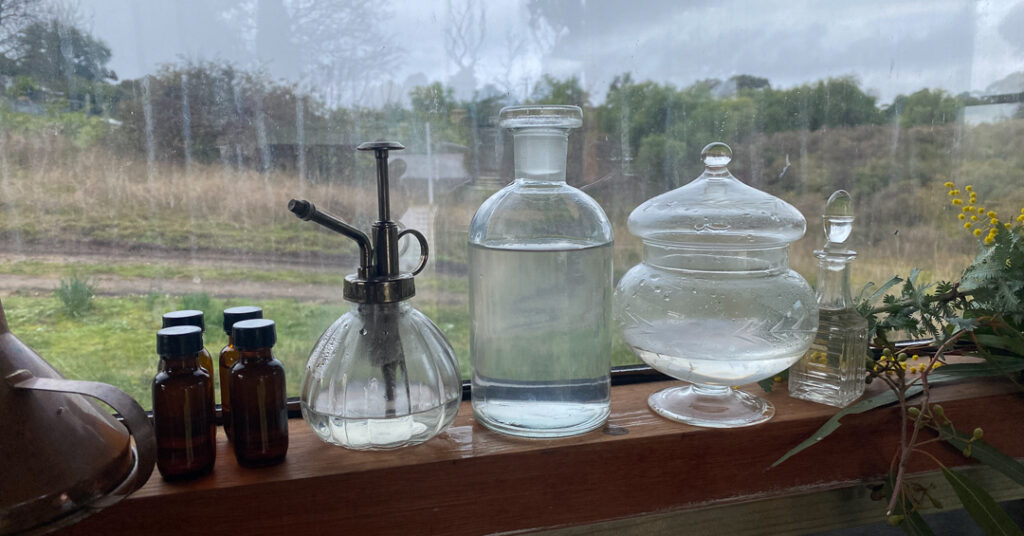 A bush alembic: To distil the scent of the land - Forest Keegel distils plant hydrosols as a way of being on Country.
A bush alembic: To distil the scent of the land - Forest Keegel distils plant hydrosols as a way of being on Country.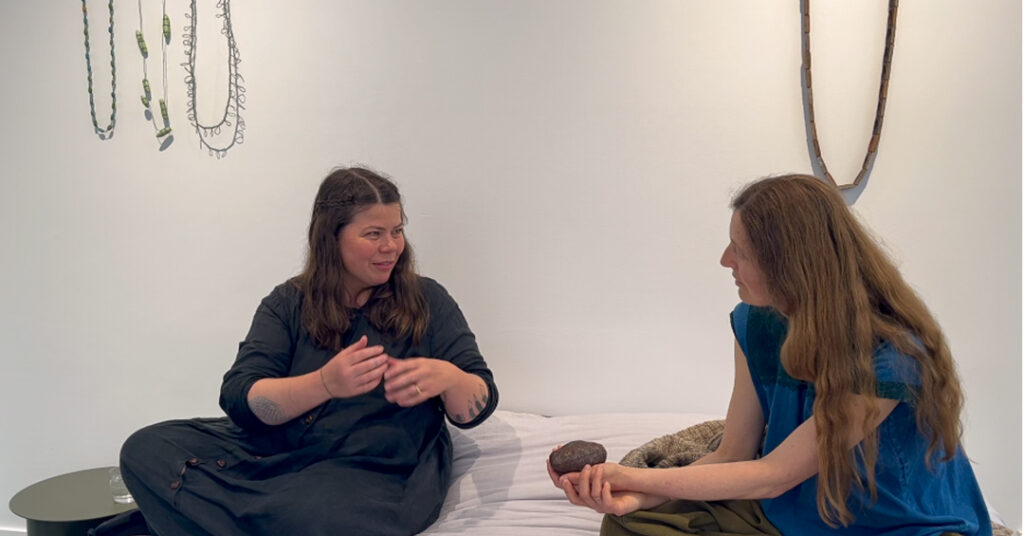 What to make of invasive species: Cara Johnson’s jewellery practice on the land - Cara Johnson talks to Ilka White about a jewellery practice that is in dialogue with the settler and natural worlds that she inhabits.
What to make of invasive species: Cara Johnson’s jewellery practice on the land - Cara Johnson talks to Ilka White about a jewellery practice that is in dialogue with the settler and natural worlds that she inhabits.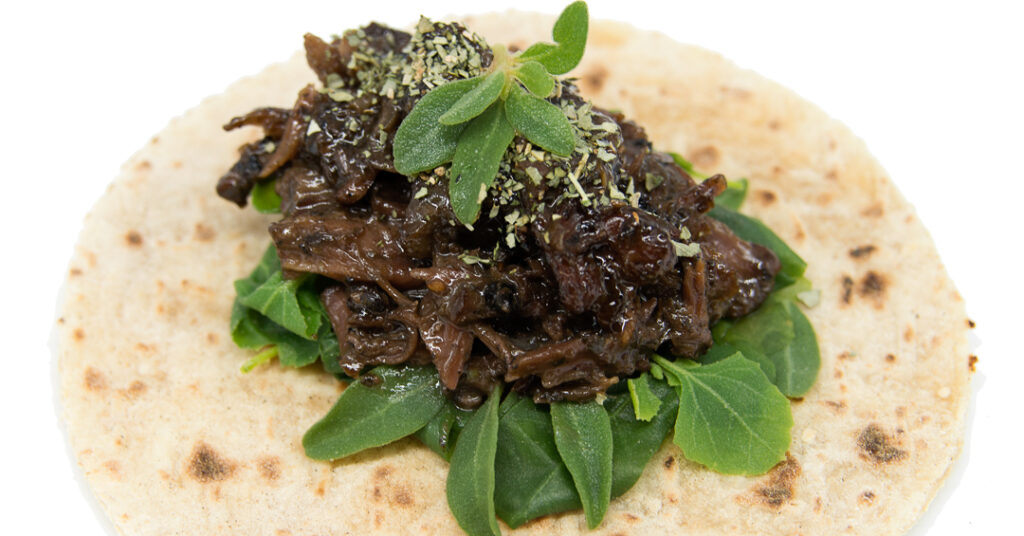 James Tylor ✿ In search of mai - Prompted by the experience of foraging in Europe, Caitlin Eyre accompanies James Tylor on a quest to recover the taste of native Australian bush foods.
James Tylor ✿ In search of mai - Prompted by the experience of foraging in Europe, Caitlin Eyre accompanies James Tylor on a quest to recover the taste of native Australian bush foods.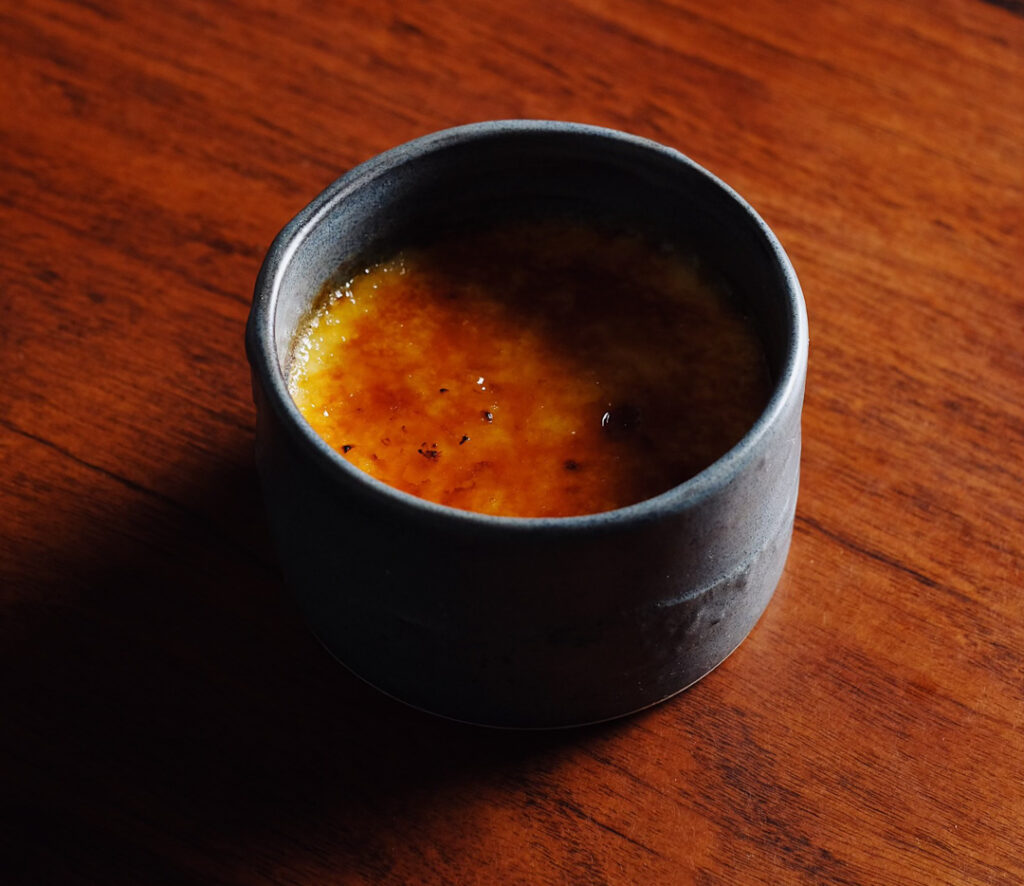 Cone Eleven ✿ Crafting a theatre for specialist dining - Ilona Topolcsanyi collaborates with two chefs, demonstrating the creative role of the ceramicist in specialist dining.
Cone Eleven ✿ Crafting a theatre for specialist dining - Ilona Topolcsanyi collaborates with two chefs, demonstrating the creative role of the ceramicist in specialist dining. 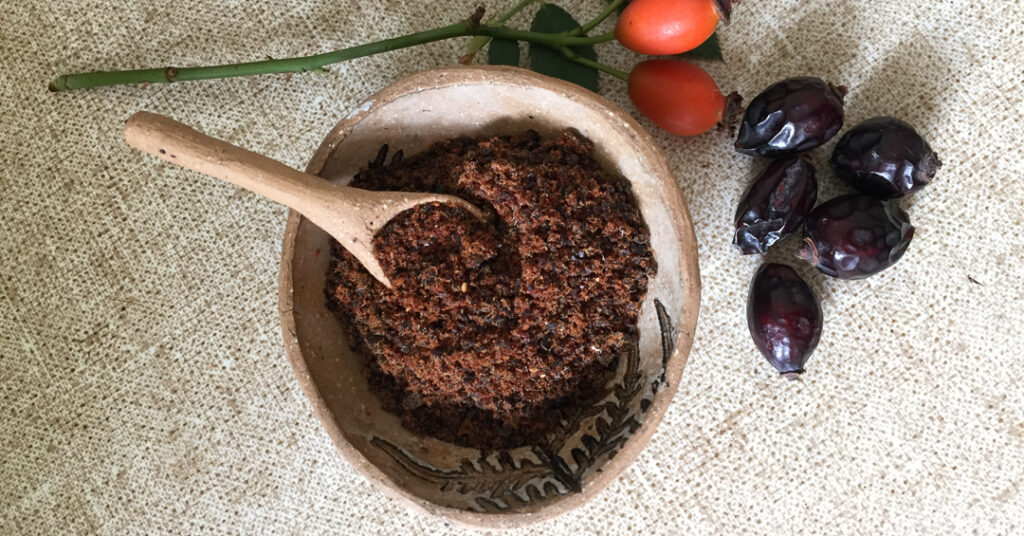 Terra ferment: Three recipes - Ilka White shares three recipes that reflect the same grounded sensibility that she applies to her weaving practice.
Terra ferment: Three recipes - Ilka White shares three recipes that reflect the same grounded sensibility that she applies to her weaving practice.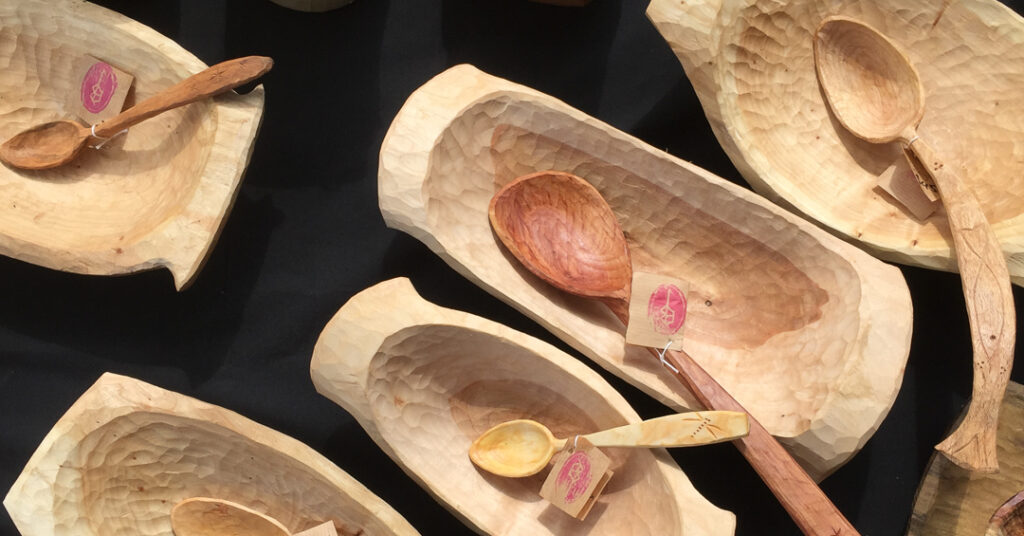 A wooden spoon: How to make life special - Eli Bek explains why he makes tableware from wood, as a way of "making special".
A wooden spoon: How to make life special - Eli Bek explains why he makes tableware from wood, as a way of "making special".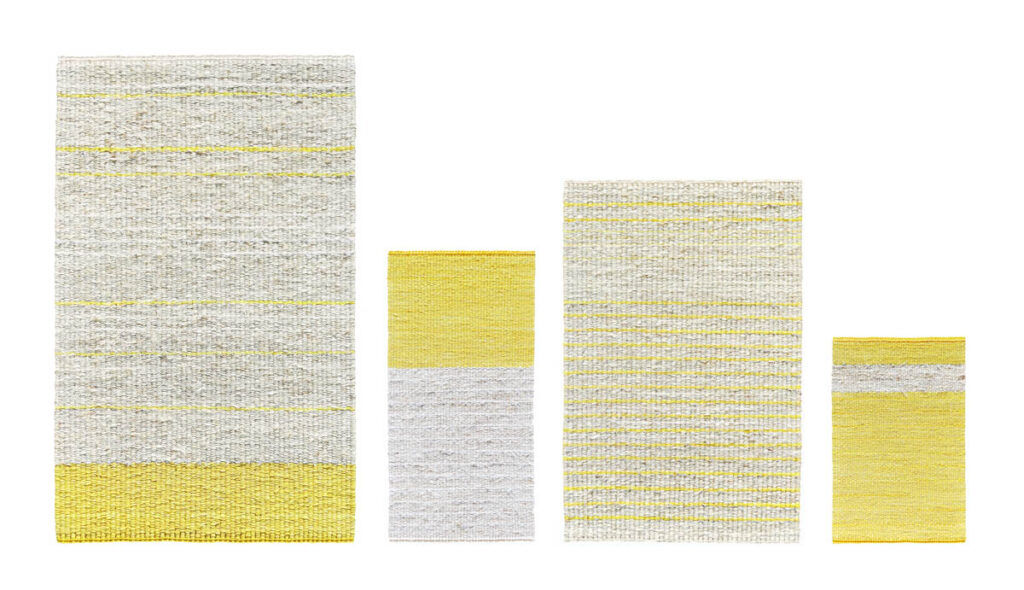 Walking, thinking, making: A weaver in the world - Through six projects, weaver Sara Lindsay interlaces the warp of solitude with the weft of community.
Walking, thinking, making: A weaver in the world - Through six projects, weaver Sara Lindsay interlaces the warp of solitude with the weft of community. Wattle Park - The yellow wattle blossom is found across the world. Enjoy stories of what we make from this gift of spring.
Wattle Park - The yellow wattle blossom is found across the world. Enjoy stories of what we make from this gift of spring. 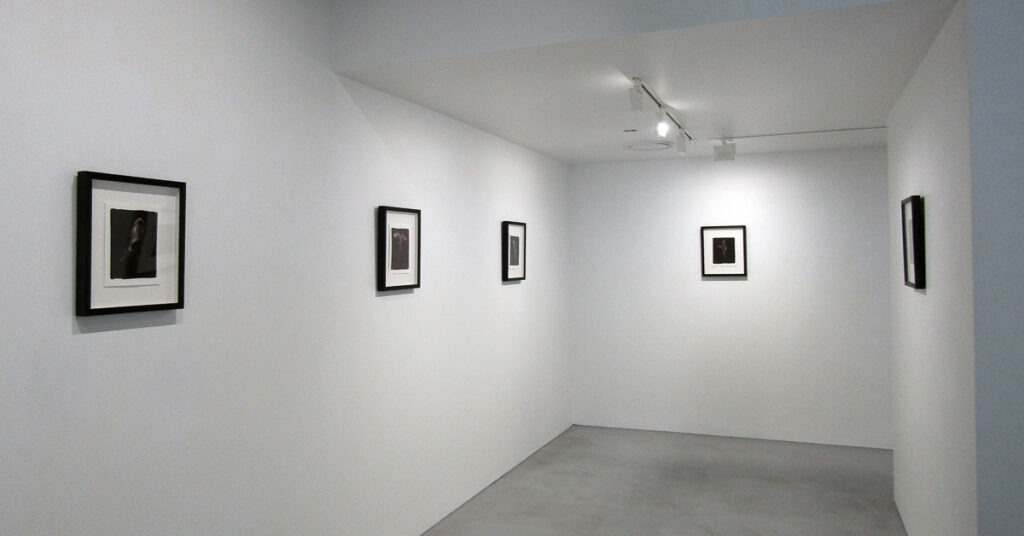 Rediscovering the salt of the earth in COVID times - According to Pamela See, Joachim Froese revives the nineteenth-century craft of salt printing to capture the ethos of the COVID-19 epoch.
Rediscovering the salt of the earth in COVID times - According to Pamela See, Joachim Froese revives the nineteenth-century craft of salt printing to capture the ethos of the COVID-19 epoch.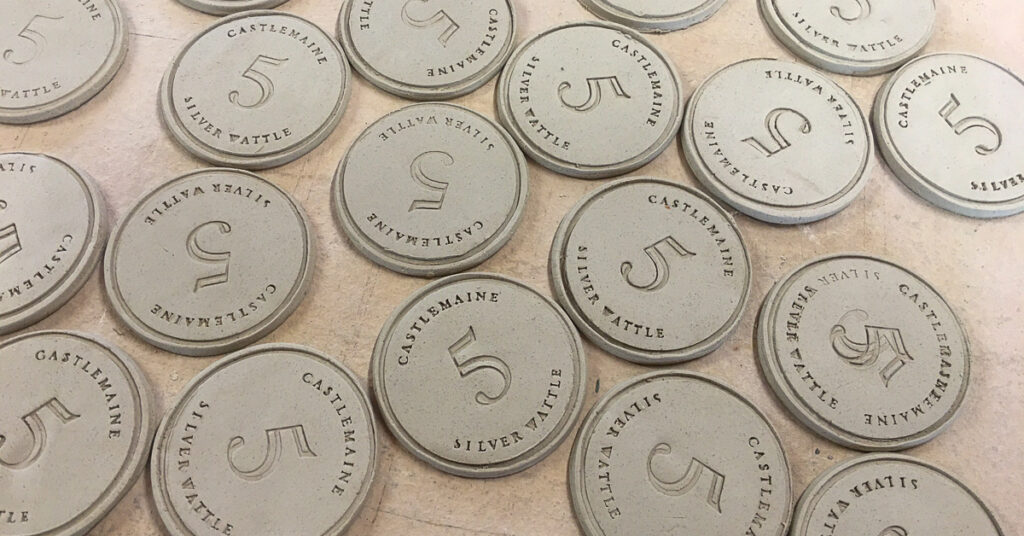 Castlemaine Currency: Towards a grounded economy - Dale Cox and Jodi Newcombe explain the origins and aims of producing coinage from clay for exclusive use within the town of Castlemaine.
Castlemaine Currency: Towards a grounded economy - Dale Cox and Jodi Newcombe explain the origins and aims of producing coinage from clay for exclusive use within the town of Castlemaine.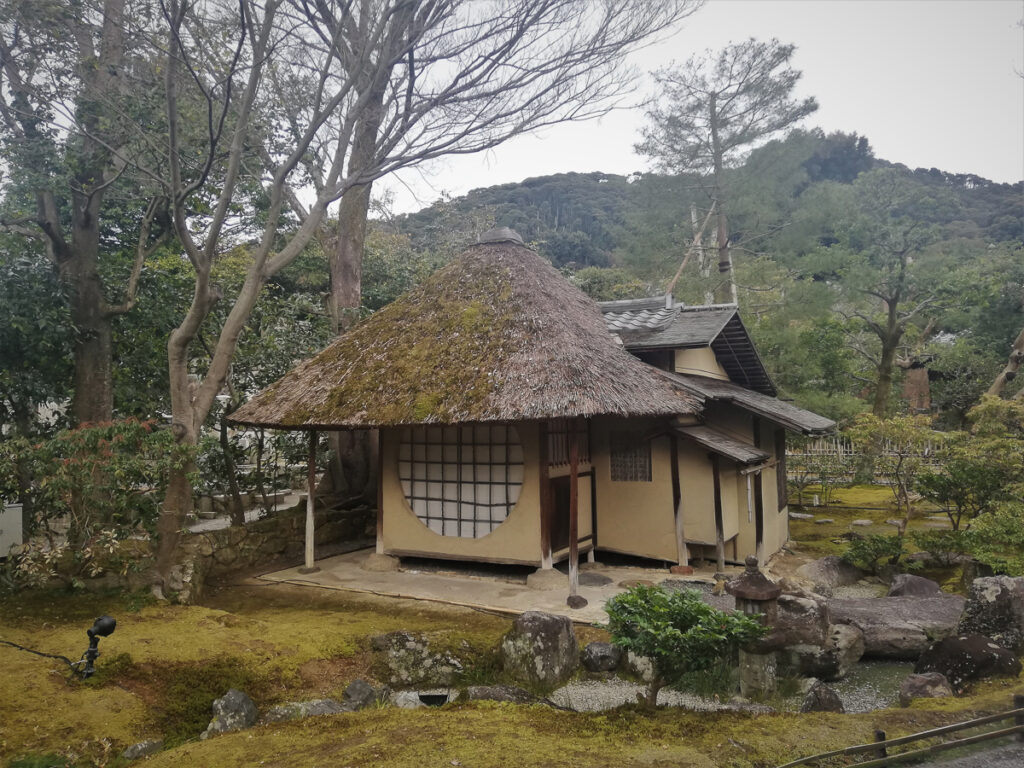 Let’s go back to the campfire: The lesson of mingei - Liliana Morais looks critically at the decline of mingei and argues for a stronger social context for craft.
Let’s go back to the campfire: The lesson of mingei - Liliana Morais looks critically at the decline of mingei and argues for a stronger social context for craft. Pesh boro: Epic weaving from Afghanistan - Australian-based artist Khadim Ali introduces us to his weavers in Kabul, who demonstrate a fortitude characteristic of Hazara culture.
Pesh boro: Epic weaving from Afghanistan - Australian-based artist Khadim Ali introduces us to his weavers in Kabul, who demonstrate a fortitude characteristic of Hazara culture. Vicki Mason ✿ Wattle it be? - Vicki Mason has created a reversible necklace that activates the bounty of wattle blossom enjoyed across the world in sprinter (late winter, early spring).
Vicki Mason ✿ Wattle it be? - Vicki Mason has created a reversible necklace that activates the bounty of wattle blossom enjoyed across the world in sprinter (late winter, early spring). A custodian object from the Murrumbidgee - For Hape Kiddle, the coolamon he carved from Cooba wood is a conversation with the earth that we are custodians of.
A custodian object from the Murrumbidgee - For Hape Kiddle, the coolamon he carved from Cooba wood is a conversation with the earth that we are custodians of. Heron story - Ilka White is inspired to make work in response to the bird on behalf of whom she speaks.
Heron story - Ilka White is inspired to make work in response to the bird on behalf of whom she speaks.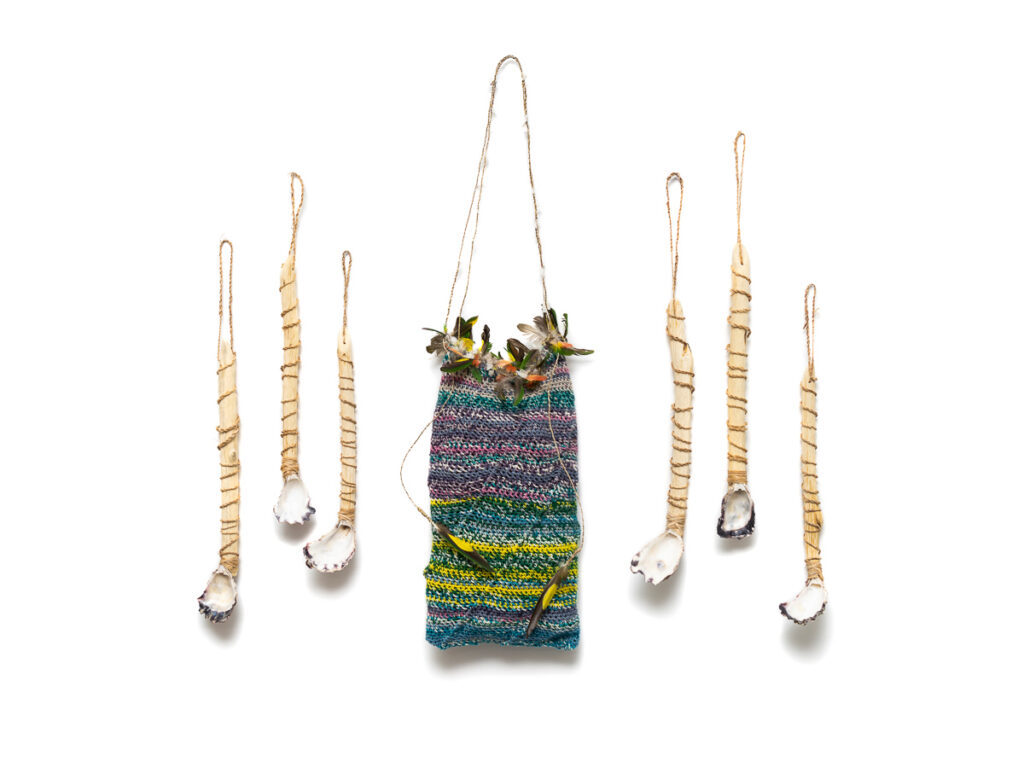 When the lorikeets call - Storied objects by Elisa Jane Carmichael reflect the enduring synchrony of species on her island of Minjerribah.
When the lorikeets call - Storied objects by Elisa Jane Carmichael reflect the enduring synchrony of species on her island of Minjerribah. How Bundjil the Eagle created the world we now need to protect - Cassie Leatham made a pot out of local clay and feathers gifted by fate that tells the Taungurung story of how Bundjil the Eagle created the land.
How Bundjil the Eagle created the world we now need to protect - Cassie Leatham made a pot out of local clay and feathers gifted by fate that tells the Taungurung story of how Bundjil the Eagle created the land. Australia Phoenix: A Cosmology - Susan Purdy takes on a journey into deep time, using the medium of photogram to trace the history of a landscape from creation story to recent devastating bushfires.
Australia Phoenix: A Cosmology - Susan Purdy takes on a journey into deep time, using the medium of photogram to trace the history of a landscape from creation story to recent devastating bushfires.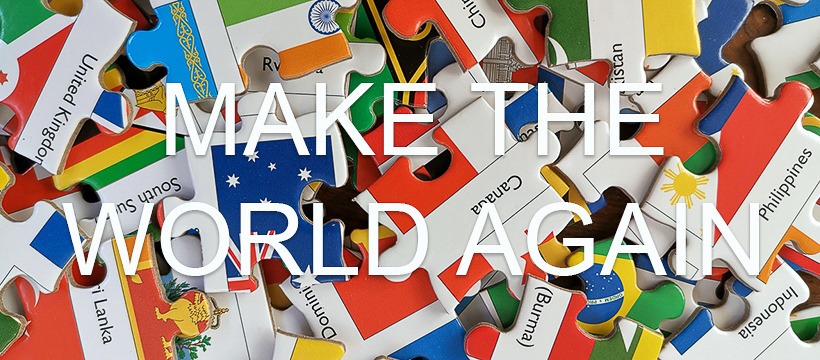 Make the World Again: Twenty Australian textile artists - An exhibition of Australia textile art renews the power of weaving to bind the world together.
Make the World Again: Twenty Australian textile artists - An exhibition of Australia textile art renews the power of weaving to bind the world together.  Local colour: The search for a plant dye industry in Sydney Cove - Liz Williamson reveals the importance of natural dyes in the establishment of Sydney as a British colonial settlement.
Local colour: The search for a plant dye industry in Sydney Cove - Liz Williamson reveals the importance of natural dyes in the establishment of Sydney as a British colonial settlement. Louisean King ✿ Solis - Roger Saddington explores the exhibition by Louisanne King whose sculptural fabrications reflect a mourning for the loss of nature.
Louisean King ✿ Solis - Roger Saddington explores the exhibition by Louisanne King whose sculptural fabrications reflect a mourning for the loss of nature. Throwing shadows from the sun: Spacecraft’s botanical prints - Eugenia Lim examines the Spacecraft upholstery commission, applying a new tradition of wattle prints to Boyd furniture.
Throwing shadows from the sun: Spacecraft’s botanical prints - Eugenia Lim examines the Spacecraft upholstery commission, applying a new tradition of wattle prints to Boyd furniture. Margaret Grafton ✿ Weaving power - The Australian tapestry weaver Margaret Grafton produced many important commissions in courts and parliaments. Her technique of weaving with metal was unique.
Margaret Grafton ✿ Weaving power - The Australian tapestry weaver Margaret Grafton produced many important commissions in courts and parliaments. Her technique of weaving with metal was unique.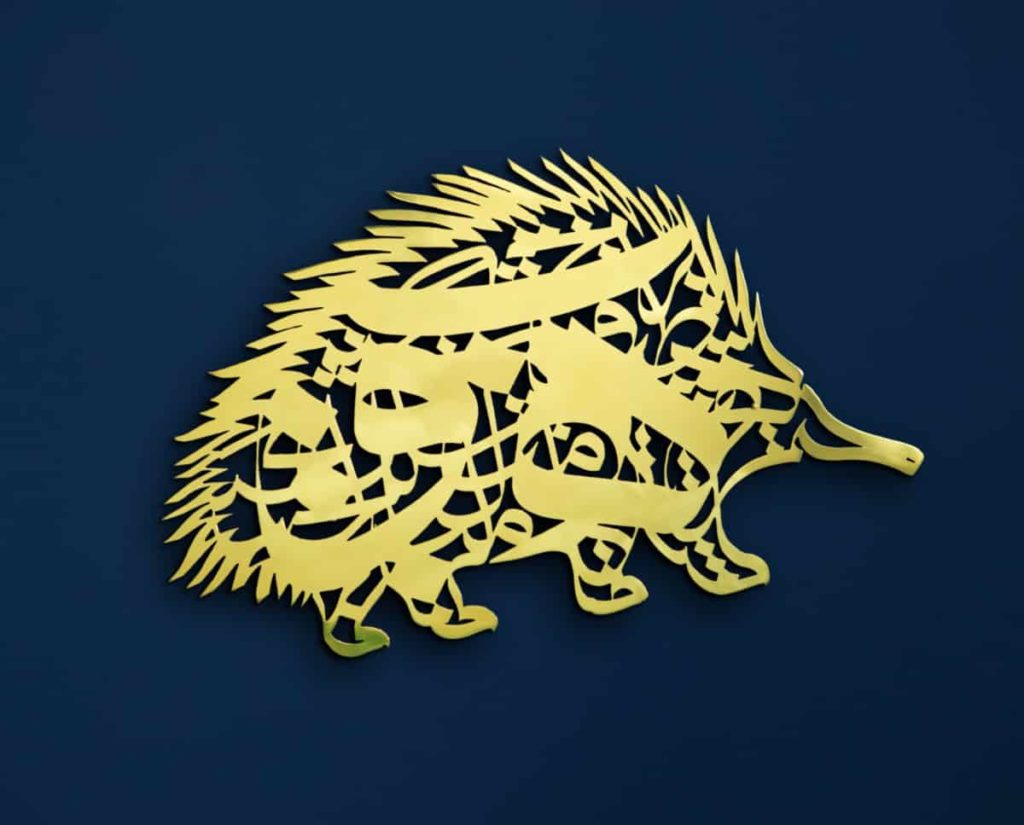 Khadim Ali: Australian fauna made in praise - A stunning series by Khadim Ali, rendering iconic Australian animals in calligraphic form.
Khadim Ali: Australian fauna made in praise - A stunning series by Khadim Ali, rendering iconic Australian animals in calligraphic form.  Chiaroscuro at the bench: Watch Vicki Mason make a threaded brooch 📽️ - Mark Newbound visited the studio of Melbourne jeweller Vicki Mason.
Chiaroscuro at the bench: Watch Vicki Mason make a threaded brooch 📽️ - Mark Newbound visited the studio of Melbourne jeweller Vicki Mason. 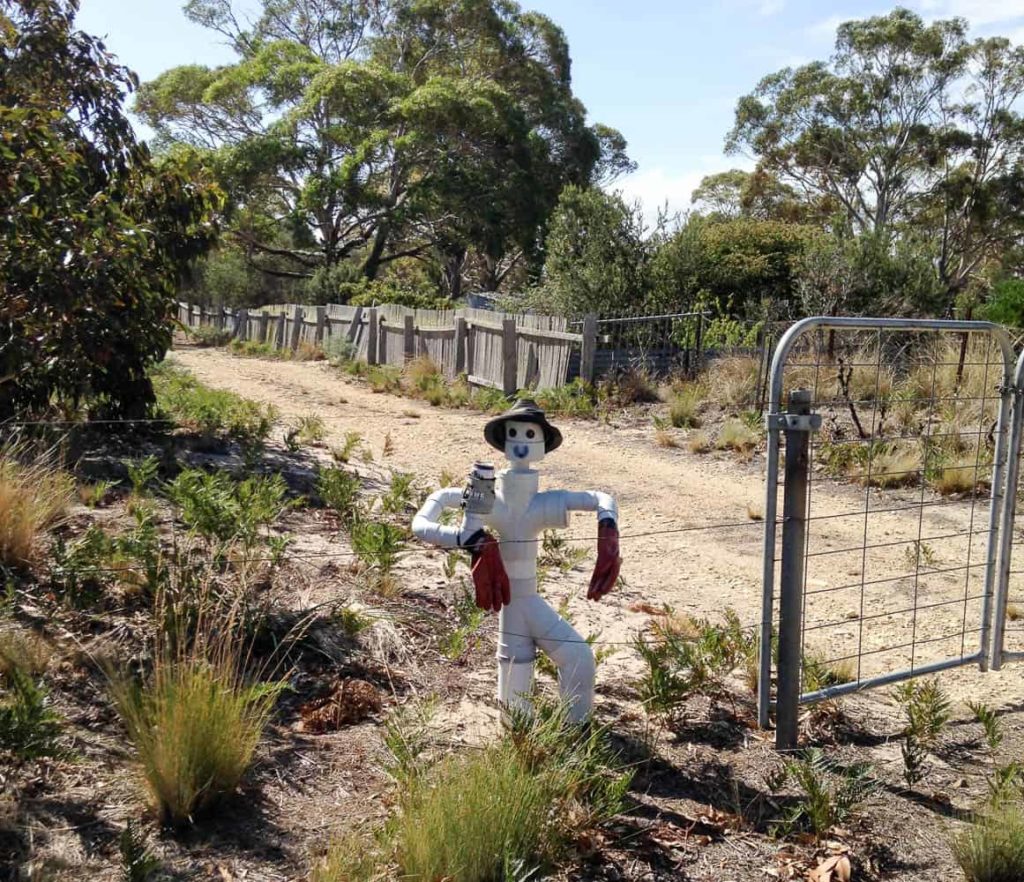 Art at a glance: Tasmania’s roadside gallery - Lucy Hawthorne considers about the drive-by art that is so prevalent in Tasmania.
Art at a glance: Tasmania’s roadside gallery - Lucy Hawthorne considers about the drive-by art that is so prevalent in Tasmania.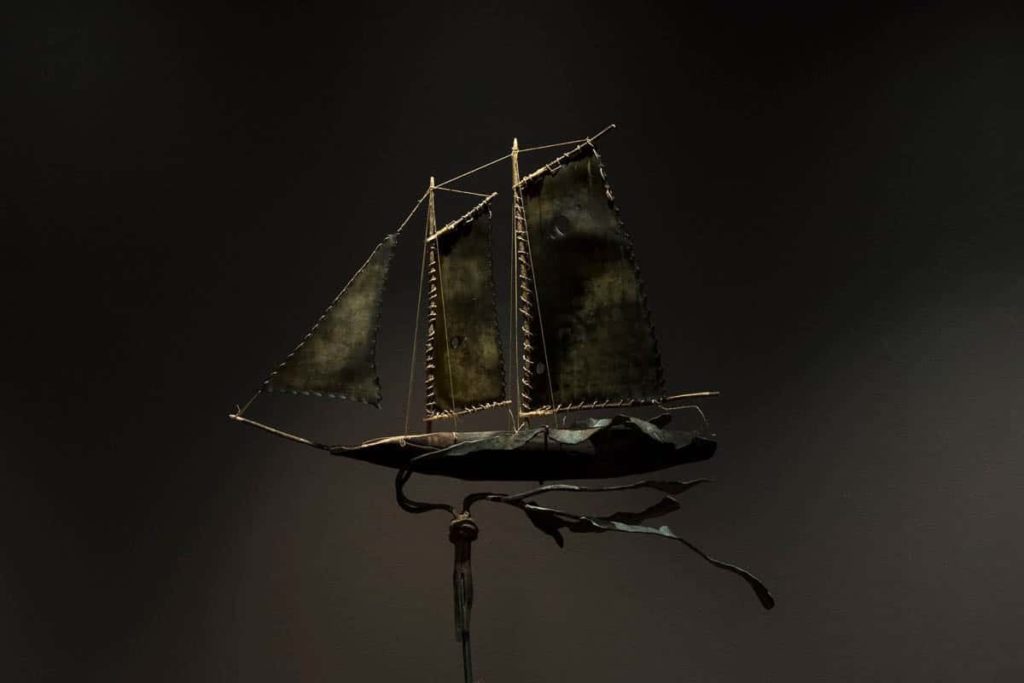 Baluk Arts: Storied objects tied to Country - Tallara Gray and Neil Aldum talk about the collaboration with Baluk Arts to develop objects that tell powerful life stories for the exhibition In Cahoots.
Baluk Arts: Storied objects tied to Country - Tallara Gray and Neil Aldum talk about the collaboration with Baluk Arts to develop objects that tell powerful life stories for the exhibition In Cahoots.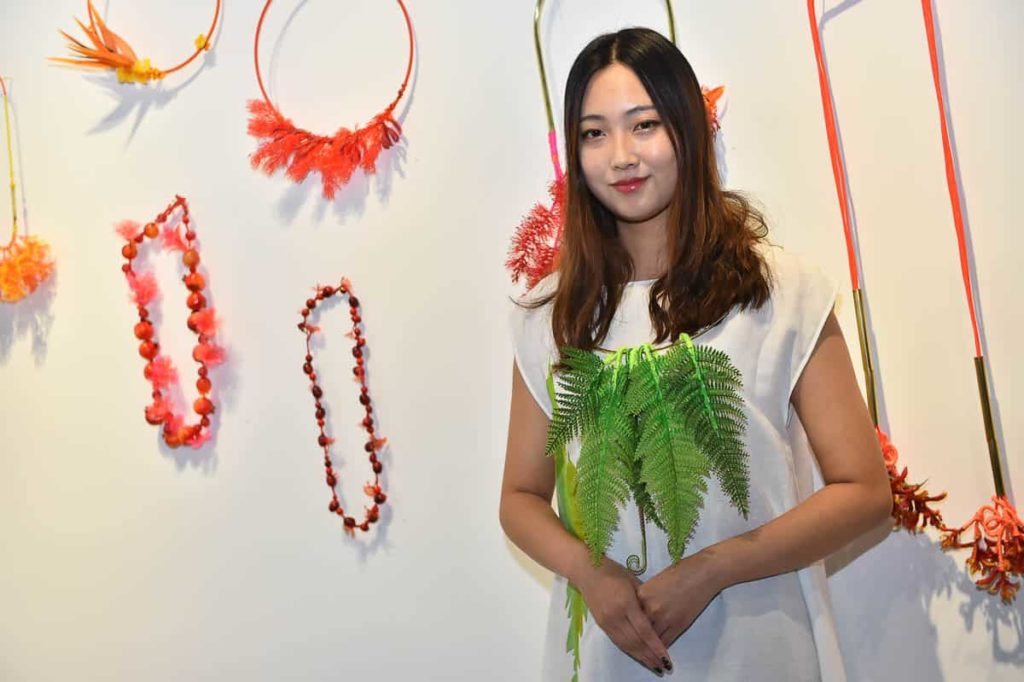 A Shanghai lei over: the plastic jewellery of Lauren Simeoni - Katharine Ahern follows the debut Lauren Simeoni's plastic leis into China.
A Shanghai lei over: the plastic jewellery of Lauren Simeoni - Katharine Ahern follows the debut Lauren Simeoni's plastic leis into China.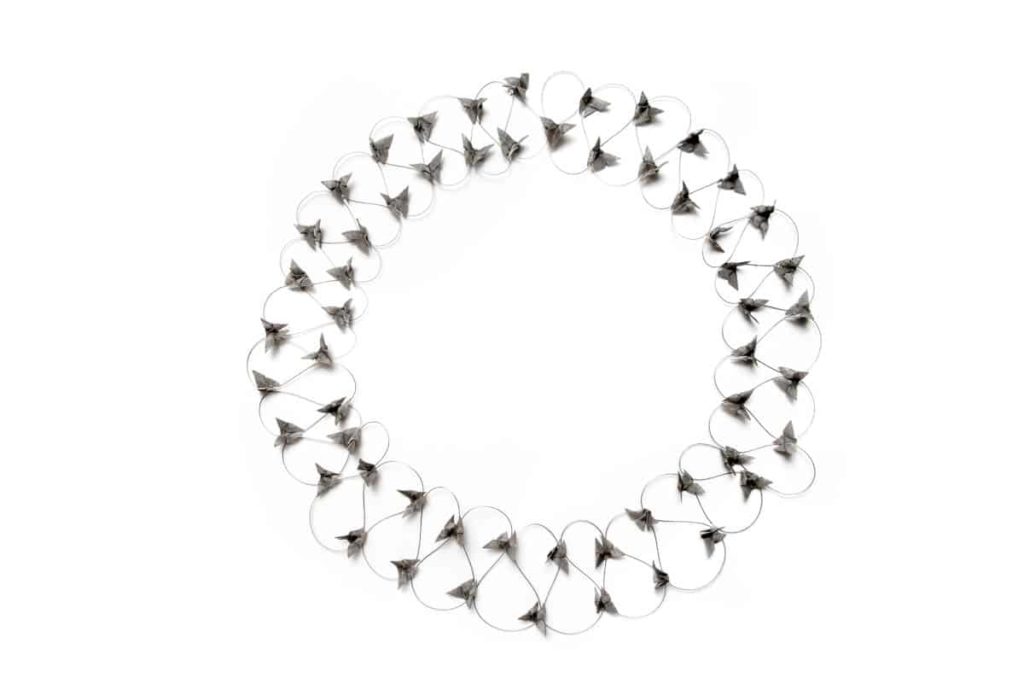 Island Welcome - Belinda Newick introduces Island Welcome, where Australian jewellers created leis to reflect on the quality of welcome currently extended by their country to refugees.
Island Welcome - Belinda Newick introduces Island Welcome, where Australian jewellers created leis to reflect on the quality of welcome currently extended by their country to refugees.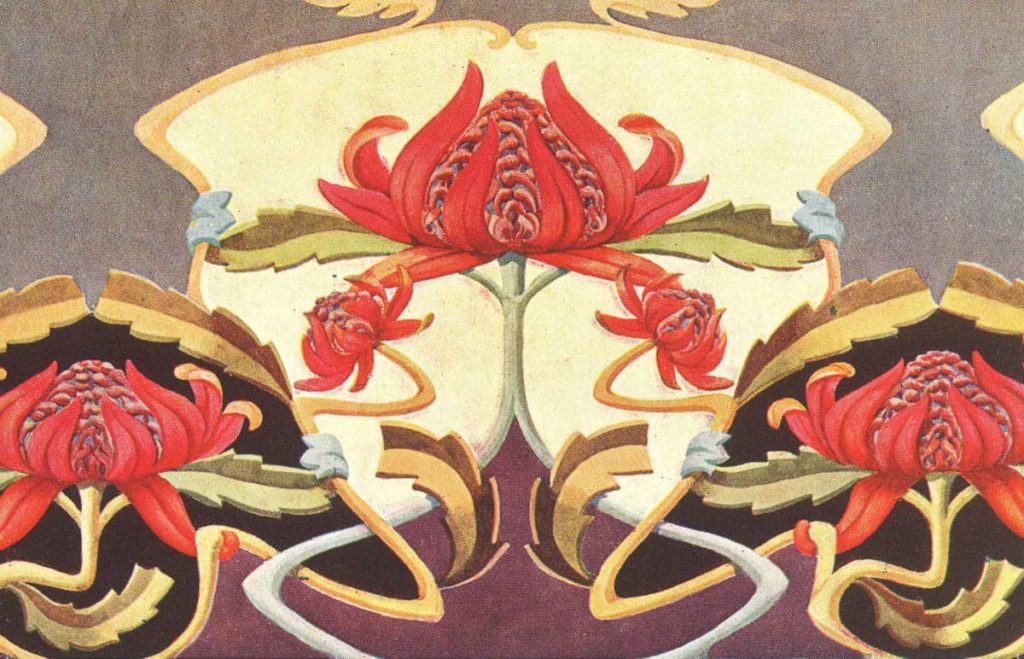 Stephen Bowers on “The Waratah in Applied Art and in Literature” - The mission of art to create a sense of place is certainly not new, even to a settler-nation like Australia.
Stephen Bowers on “The Waratah in Applied Art and in Literature” - The mission of art to create a sense of place is certainly not new, even to a settler-nation like Australia.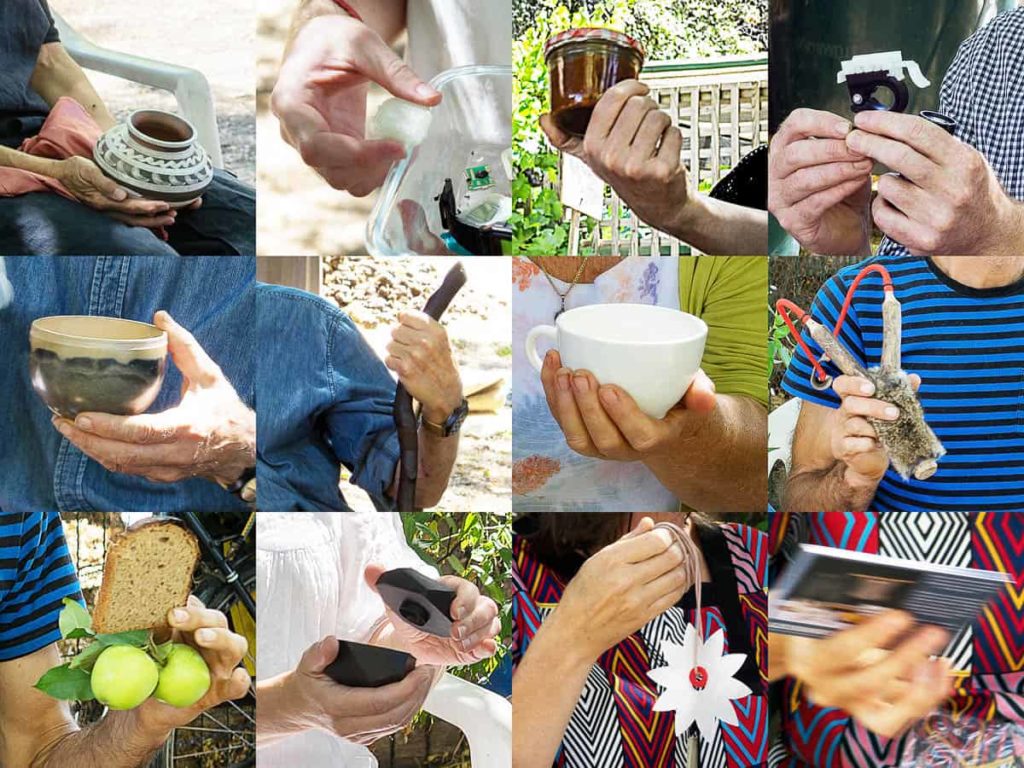 Talk of the town: How do you balance love and money? - Can you support yourself through art or do you have a day job? Maybe you're lucky to have external support, or have you chosen to live simply in order to create more. Perhaps you've remodelled your work to make it more creative. We hear from residents in the Castlemaine region about how they manage to still make things for love.
Talk of the town: How do you balance love and money? - Can you support yourself through art or do you have a day job? Maybe you're lucky to have external support, or have you chosen to live simply in order to create more. Perhaps you've remodelled your work to make it more creative. We hear from residents in the Castlemaine region about how they manage to still make things for love.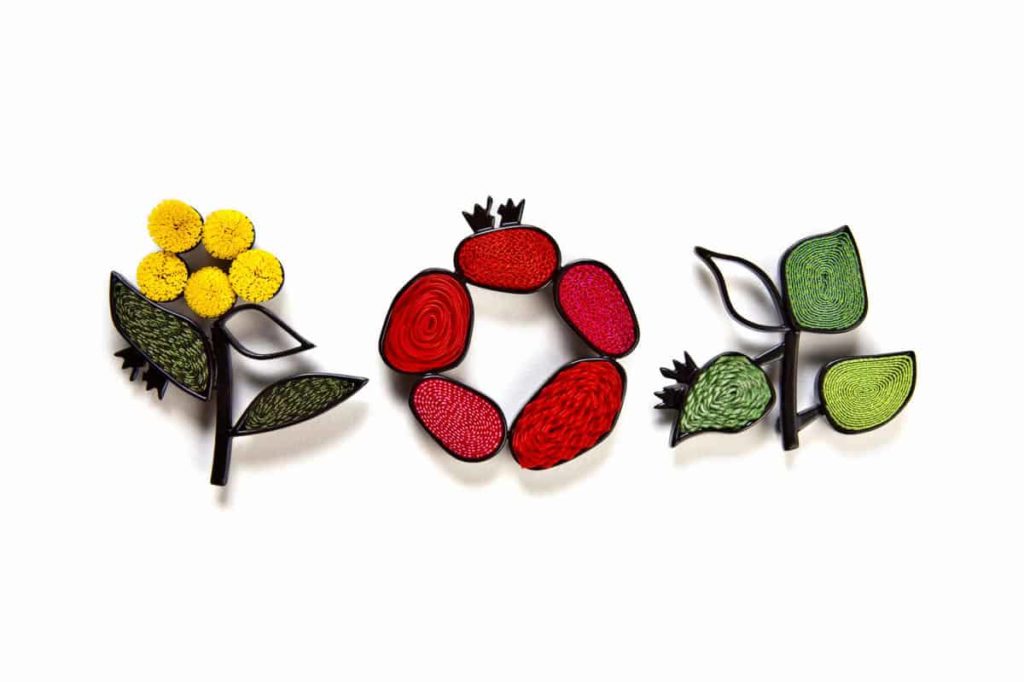 Jewellery for free - Vicki Mason discovers the power of jewellery as a currency to connect strangers together. She writes about her Broaching Change project and jewellery ventures done for love.
Jewellery for free - Vicki Mason discovers the power of jewellery as a currency to connect strangers together. She writes about her Broaching Change project and jewellery ventures done for love. In Ernabella, doors open for Aboriginal jewellery - An ambitious Australian project has recently emerged. The Indigenous Jewellery Project was initiated by Emily McCulloch Childs and to date has involved Melanie Katsalidis, Kate Rohde and Melinda Young. We learn from Emily about its origins, values, methods and future ambitions.
In Ernabella, doors open for Aboriginal jewellery - An ambitious Australian project has recently emerged. The Indigenous Jewellery Project was initiated by Emily McCulloch Childs and to date has involved Melanie Katsalidis, Kate Rohde and Melinda Young. We learn from Emily about its origins, values, methods and future ambitions.  Janina Green’s Still Life with Klytie Pate - A beautiful hand-coloured photo by Janina Green featuring a vase by ceramicist Klytie Pate, an orange peel, a pearl necklace, and, of course, a bunch of wattle.
Janina Green’s Still Life with Klytie Pate - A beautiful hand-coloured photo by Janina Green featuring a vase by ceramicist Klytie Pate, an orange peel, a pearl necklace, and, of course, a bunch of wattle.
